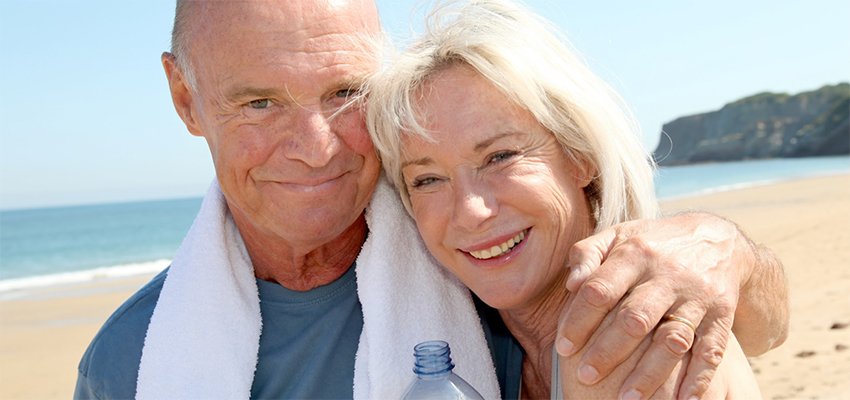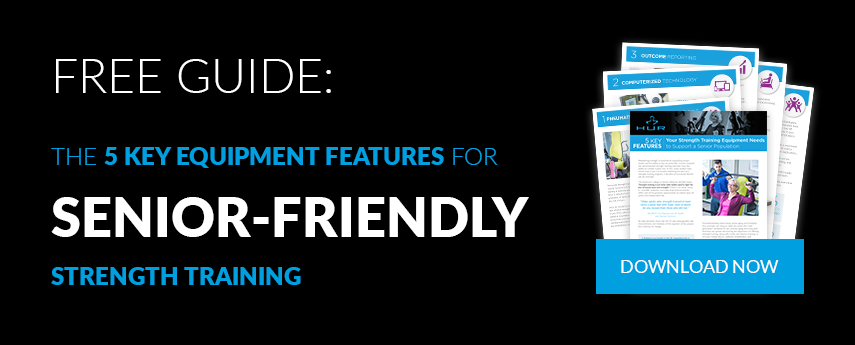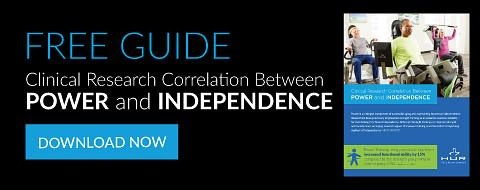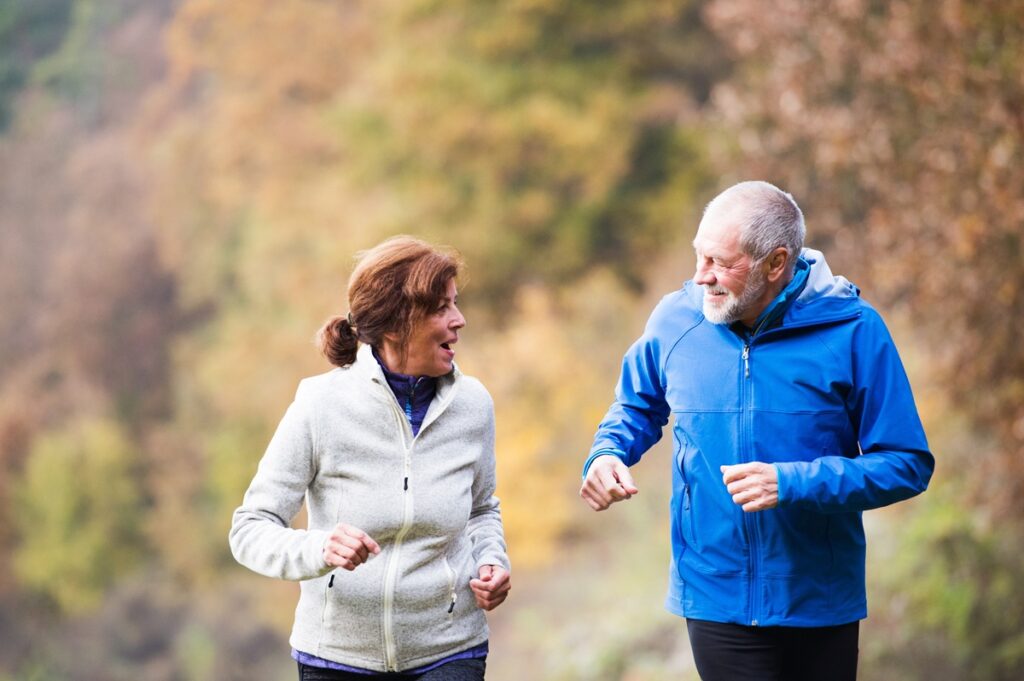What are the best kinds of exercise for Seniors over the age of 70?
Exercise is good for everyone at every age, but it becomes increasingly important the older we get. While regular physical exercise isn’t a magical fountain of youth, it IS one of the most powerful things we can do to keep ourselves feeling young and healthy into our 70’s and beyond. Research shows that regular physical exercise after the age of 70 can:
- Help maintain the ability to live independently and reduce the risk of falling and fracturing bones
- Reduce the risk of dying from coronary heart disease and of developing high blood pressure, colon cancer, and diabetes.
- Help reduce blood pressure in people with hypertension.
- Help people with chronic, disabling conditions improve their stamina and muscle strength.
- Reduce symptoms of anxiety and depression and fosters improvements in mood and feelings of well-being.
- Help maintain healthy bones, muscles, and joints.
- Help control joint swelling and pain associated with arthritis.
The Physical Activity Guidelines for Americans recommendations 150 to 300 minutes of moderately-intense cardio activity a week, plus two sessions a week of resistance training. This is basically the same amount of exercise recommended for adults of every age. The difference for older adults is the recommendation to include balance training activitiessuch as yoga or tai chi as well.
What does a balanced physical fitness program look like for adults over the age of 70?
As always, seniors should check with their doctors before beginning any new exercise routine. But, in general, most adults over the age of 70 should engaged in a balanced physical fitness program that includes moderate aerobic activity, strength training, and balance and flexibility exercises.
#1. Low Impact Aerobics.
Low impact aerobic activities such as walking, swimming and riding a stationary bike provide excellent cardio exercise for seniors over 70. For seniors fortunate enough to have access to a gym that’s outfitted with CyberCycle and SCIFIT equipment, getting in enough cardio is not only fun, but especially effective and safe.
This is important because fun, effective, independent workouts have been shown to not only increase gym usage among older adults but significantly improve overall health and balance.
Most doctors and fitness professionals recommend that seniors engage in exercise that pushes their heart rate into a range that is no more than 40 percent of their maximum heart rate. This can be calculated by taking your age and subtracting from 220. This is an especially important consideration for those who are frail, recovering from an illness or injury, or have been sedentary.
#2. Safe Resistance Training
Studies over the past several decades have concluded that twice a week resistance training can greatly improve quality of life. Resistance training can counteract the typical muscle mass loss that occurs with advanced age (sarcopenia) and can decrease the risk of falls and broken bones.
For adults over the age of 70, Resistance Training can:
- Prevent or reduce the effects of osteoporosis
- Reducing arthritis and help manage the pain from arthritis
- Improve balance
- Decrease the chances of developing pulmonary diseases
- Reduce back pain
- Combat obesity
- Improve the quality of sleep
- Help manage and prevent diabetes
- Reduce the chance of injury
The good news for seniors who have never engaged in a resistance training program, is that it’s never too late to start. In fact, many studies show that seniors over the age of 70 can experience similar gains from regular strength training as young adults.
It’s highly recommended that seniors talk with their doctor before beginning a new strength training routine. It’s also generally a good idea for seniors to work with a fitness professional to create a strength training plan that is customized to their ability level, goals, and access to equipment.
While hand weights and resistance bands can provide effective resistance training, it’s preferable for seniors over the age of 70 to train on pneumatic resistance machines.
Pneumatic resistance training ensures aconsistent level of effort throughout an exercise. This prevents the user from swinging backwards or forwards while completing the exercise. The controlled motion protects against joint strain and over exertion that can lead to injury because the stability of the resistance is maintained by the machines. It is by far the most effective and safe way for seniors to train.
To learn more about the importance of pneumatic resistance, read Pneumatic Resistance is all the Rage, but Why?
#3. Building Flexibility and Balance
Many older adults start to feel an increased sense of instability after the age of 70. As the sense of instability grows, so does the fear of falling. And, one of the most natural things to do in response to that fear is avoid activities that cause us to feel unstable.
This pattern of responding to instability by decreasing our activity level sets us down a dangerous path. We avoid certain activities, and as we do, also become increasingly sedentary. With inactivity comes muscle loss, less flexibility, joint stiffness, and a shrinking range of motion. All of these lead to an even greater sense of instability. In response, we lower our activity level further, and so on and so on.
Before we know it, we’re caught in a dangerous Cycle of Frailty that’s difficult to get out of.
When strength training and balance exercises work together, significant improvements can be made in our ability to remain footloose and fancy free long after the age of 70. Research shows that regular resistance training increases bone density, keeps joints supple, and counteracts age-related muscle loss. This not only equips our bodies to be able to prevent a fall, it makes injury less likely if we do.
Yoga and tai chi are excellent forms of gentle exercise that improve flexibility and balance. Both forms of exercise also help strengthen mental awareness and concentration, which can further reduce the risk of falls and injuries. Many poses and exercises can be modified to accommodate physical limitations which can improve senior's confidence in their ability to perform these activities safely and independently. To get started, here are 8 Whole Body Seated Stretching Exercises for Older Adults.
#4. Physical Exercise and Cognitive Functioning
As we age, most of us experience changes in the prefrontal cortex that are associated with executive functioning and attention. Compounding the problem, are age related declines in our ability to take in sensory information. This double whammy of executive function and sensory declines has a serious impact on our risk of falling.
When combined with a loss of muscle mass, limited range of motion, and environmental hazards, the cause of falls becomes multifactorial. So, the intervention should be too.
The Dividat Senso was created on the principle that learning is most effective when exercises closely resemble the actual environment in which that new skill will be performed. We know that in order to learn or improve a skill, it's vital to practice performing that exact skill. If many daily tasks involve simultaneous performance in both cognitive and motor areas, then we need to challenge both of those systems during practice sessions.
The Dividat Senso includes a wide assortment of games that challenge both the cognitive and motor systems. The games were designed to improve sustained attention, working memory, divided attention, reaction time, inhibition, cognitive flexibility, and visuo-spatial skills.
70 is the new 50
No matter the age, the best exercises for everyone are the ones we enjoy the most. After all, if you don’t like your workout, how long are you going to stick with it?
For seniors over 70, decisions about what exercises to engage in should be based largely on exactly what they want and need to get out of their physical fitness plan. That’s bound to change over the years. The things an active adult enjoyed in their 20’s are likely not the same things they want to do in their 70’s. For older adults, the top priority is usually maintaining their independence and quality of life outside the gym.
To do that, adults over the age of 70 should engage in a holistic workout plan designed to help build strength, stay mobile, and improve balance.
